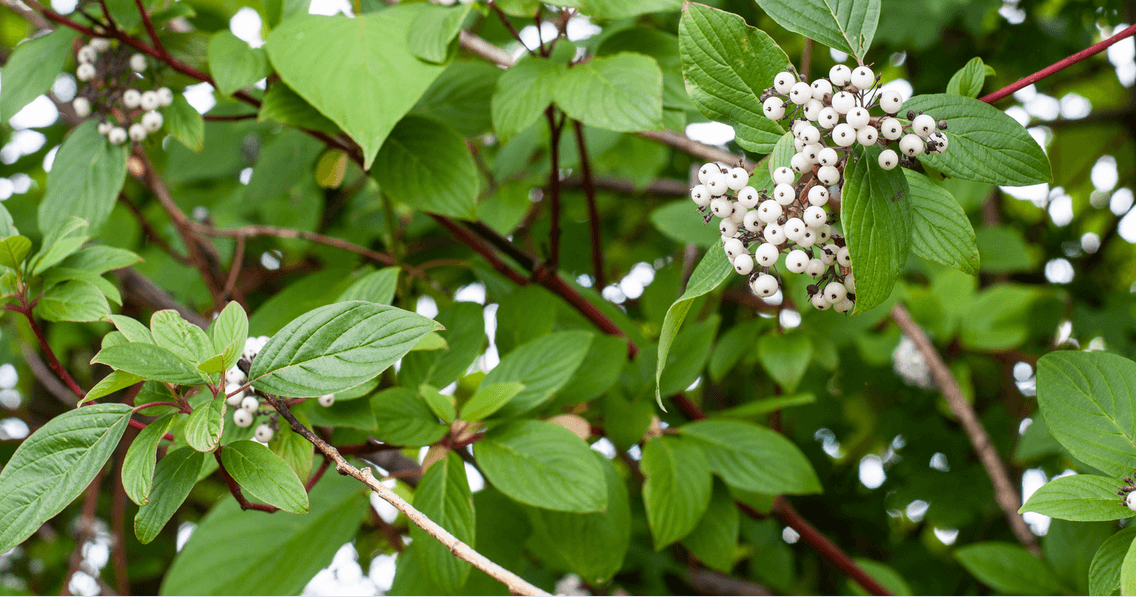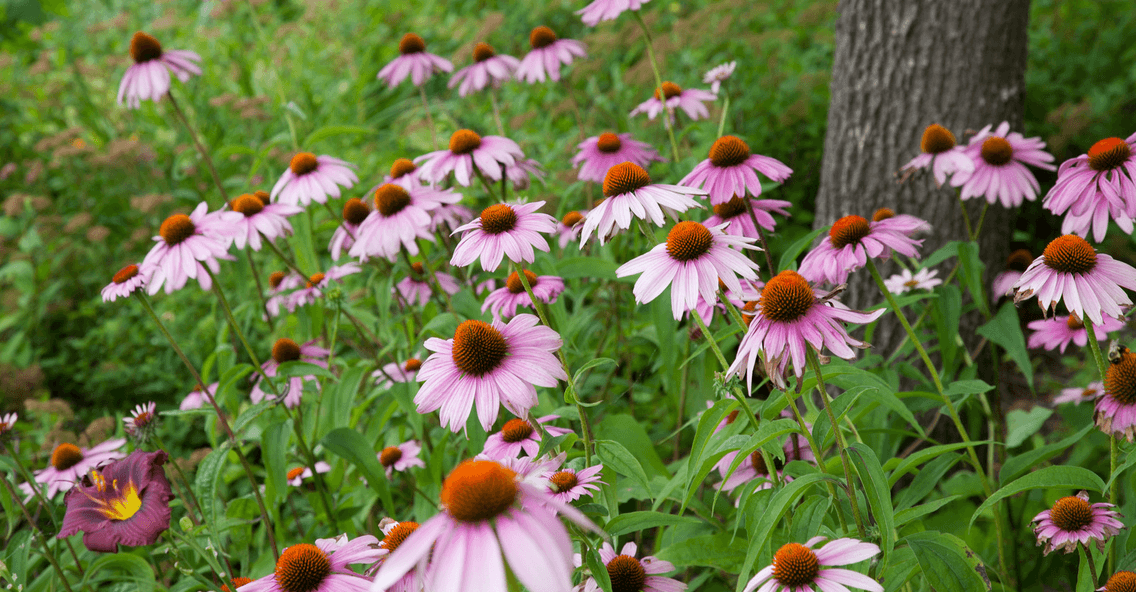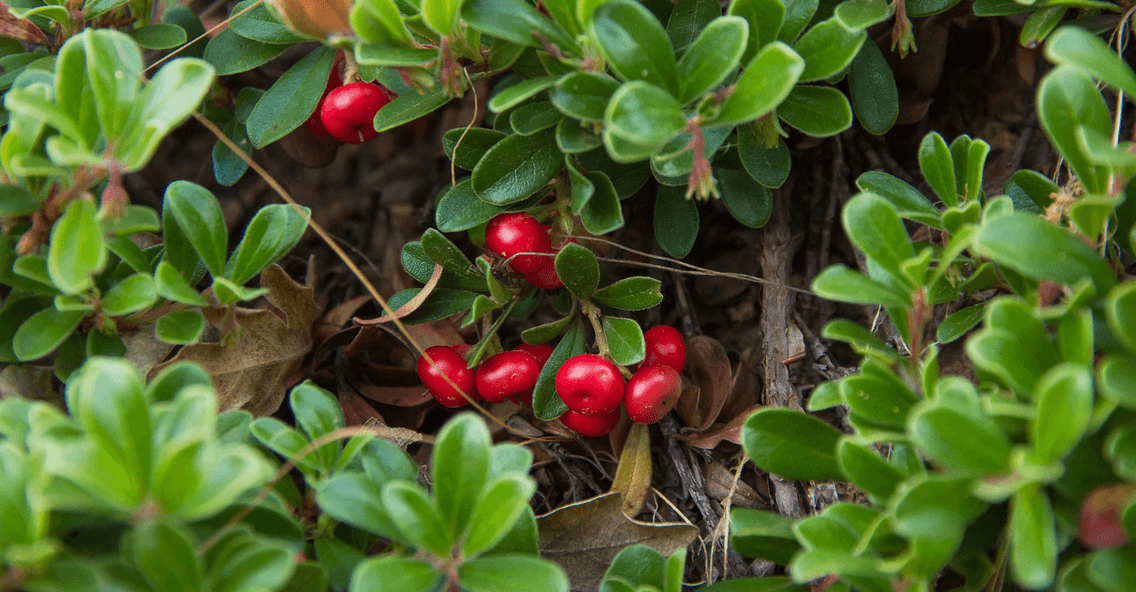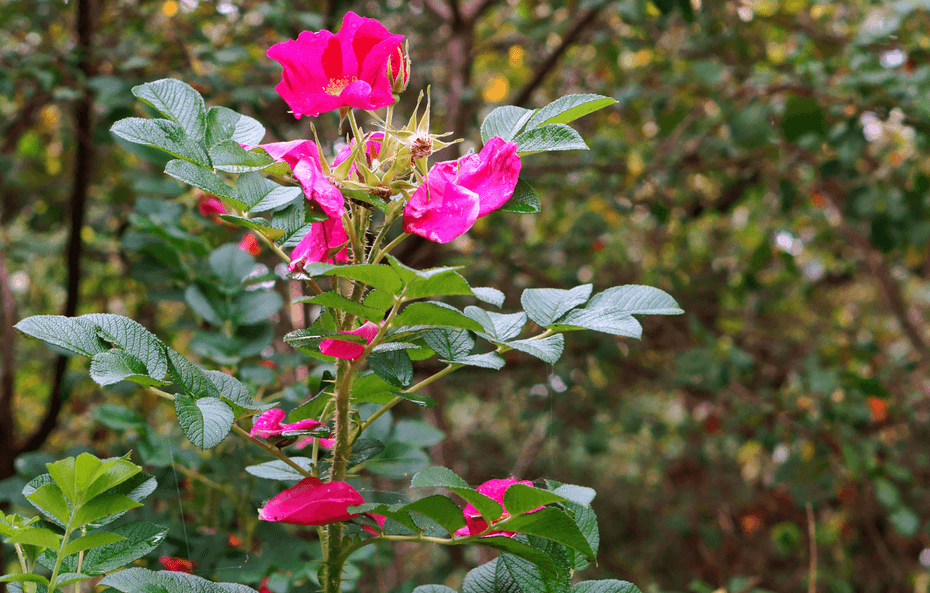Gardening in Alberta can be tricky with our unique climate, but that doesn’t mean your dream of having a beautiful garden is out of reach. In fact, with the right plant choices, you can create a stunning outdoor space that only demands a little of your time or effort. This is where low-maintenance landscaping comes into play, a gardening philosophy that focuses on choosing plants that naturally thrive in Alberta’s conditions, requiring less water, fewer fertilizers, and minimal pruning.
Whether you’re a seasoned gardener or just starting, understanding which plants best suit our climate is critical to a hassle-free, vibrant garden. In this blog, we’ll introduce you to some fantastic, low-maintenance plants species that add beauty and value to your garden with minimal effort. From vibrant perennials that return year after year to hardy shrubs that withstand our chilly winters, get ready to transform your outdoor space into a sustainable, low-maintenance oasis.
Understanding Alberta’s Climate
Alberta’s climate is characterized by its diversity, primarily due to its vast geography. Gardeners in this region must prepare for cold winters, where temperatures can plummet below freezing, making it challenging for non-native plants to survive without extensive care. Spring in Alberta is notoriously unpredictable, with late frosts often catching gardeners off-guard, potentially damaging tender new growth. However, the province’s summers can be warm and conducive to growing a wide range of plants as long as they are suited to the rapid transitions between seasons.
The key challenge for gardening in Alberta comes from its weather extremes and the need to select plants that can thrive in such conditions. Choosing plants adapted to Alberta’s climate isn’t just about ensuring their survival; it’s about fostering a garden that can thrive with minimal intervention. This means selecting species that are not only resistant to the cold winters but can also handle the unpredictable nature of spring and the warmth of summer. Gardeners can create beautiful, resilient landscapes that stand the test of time and weather by focusing on plants suited to Alberta’s unique climate zones.
The Benefits of Choosing Indigenous and Low-Maintenance Plants
Choosing indigenous and low-maintenance plants for your Alberta garden offers many benefits for the gardener and the environment. Low-maintenance plants, specifically those well-adapted to Alberta’s unique climate, significantly reduce the need for water, fertilizers, and constant pruning. This saves time and resources and supports a more sustainable gardening practice. These plants have evolved to thrive in local conditions, requiring less intervention to grow healthy and strong.
Indigenous or native plants are crucial to the area’s ecological health. Incorporating these species into your garden supports local wildlife, including birds, bees, and butterflies. These creatures rely on native plants for food, shelter, and nesting sites. Furthermore, native plants are generally more resistant to pests and diseases in the area, reducing the need for chemical interventions that can harm the environment and the beneficial organisms that visit your garden.
Aesthetically, native plants offer beauty that complements Alberta’s natural landscape. They provide a sense of place and make a garden feel more connected to the local environment. From a biodiversity perspective, encouraging the growth of indigenous plants helps preserve Alberta’s unique flora. This diversity enriches the garden visually and enhances its resilience by creating a more balanced and self-sustaining ecosystem. In essence, choosing native low-maintenance plants is a thoughtful, sustainable approach that benefits both your garden and the environment it supports.
Low-maintenance plants Species Suited for Alberta

(Image: Red Osier Dogwood)
Shrubs and Bushes
The beauty of incorporating shrubs and bushes into your garden lies in their structural diversity. They provide foliage, flowers, and sometimes berries, which add colour and texture to your garden year-round. Carefully selected for their hardiness and ability to flourish in Alberta’s specific climate conditions, these species require minimal intervention, making them a perfect fit for gardeners seeking beauty without the burden of high maintenance.
1. Saskatoon Berry (Amelanchier alnifolia)
Description: The Saskatoon Berry is a native shrub that produces delightful white flowers in spring, followed by edible purple berries in summer. It thrives in sunny to partially shaded locations and can reach heights up to 4 meters.
Climate Adaptation: Extremely hardy, it is well-adapted to Alberta’s cold winters and variable spring weather, making it an ideal choice for local gardens.
Low-Maintenance Qualities: This plant is drought-resistant, requires minimal pruning, and is rarely affected by pests and diseases.
Other Benefits: Beyond its aesthetic appeal, the Saskatoon Berry produces edible and highly nutritious fruits, offering a delightful addition to home gardens.
2. Red Osier Dogwood (Cornus sericea)
Description: Known for its striking red stems in the winter and beautiful white flowers in spring, the Red Osier Dogwood is a versatile and attractive shrub. It generally reaches between 1.5 and 4 meters in height and prefers moist soil conditions.
Climate Adaptation: It is particularly suited to Alberta’s climate, capable of withstanding cold winters and tolerating the occasional wet spring conditions.
Low-Maintenance Qualities: This bush is celebrated for its drought tolerance once established and has minimal pruning and maintenance requirements, with good resistance to most pests and diseases.
Other Benefits: The Red Osier Dogwood’s vibrant winter colour adds a stunning visual impact to gardens during the colder months, and its dense foliage provides excellent shelter for birds and other wildlife throughout the year.
3. Alberta Wild Rose (Rosa acicularis)
Description: The Alberta Wild Rose, the provincial flower of Alberta, graces gardens with its vibrant pink flowers and a subtle, sweet fragrance. This wild rose bush can reach up to 1.5 meters in height and prefers full sun to partial shade.
Climate Adaptation: It is highly resilient and adapted to Alberta’s varying climate, thriving in cold winters and summer heat.
Low-Maintenance Qualities: This plant is known for its drought resistance and minimal care requirements. It seldom needs pruning and is relatively free from pest and disease issues.
Other Benefits: Besides its aesthetic contribution, the Alberta Wild Rose provides essential habitat and food sources for local wildlife, including bees and birds, enhancing the biodiversity of garden ecosystems.
4. Snowberry (Symphoricarpos albus)
Description: Snowberry is known for its distinctive white berries that appear in late summer and persist through the winter, offering a striking contrast against the bare landscape. This bush typically grows to around 1 to 2 meters tall and thrives in partial to full shade, making it adaptable to various garden settings.
Climate Adaptation: Snowberry is hardy and adaptable to various soil conditions, Making it well-suited to survive Alberta’s harsh winters.
Low-Maintenance Qualities: It requires very little maintenance, is robust against most pests and diseases, and can tolerate periods of drought once established.
Other Benefits: The Snowberry provides significant winter interest in the garden and is vital in supporting wildlife, offering shelter and food to birds during the colder months.
Perennials

(Image: Purple Coneflower)
Perennials offer a consistent and evolving beauty to gardens, returning each year with minimal effort. Some standout perennials well-suited to Alberta’s climate and garden aesthetics include:
1. Purple Coneflower (Echinacea purpurea)
Description: The Purple Coneflower is renowned for its large, vibrant purple-pink flowers with a distinctive central cone. These striking blooms add a splash of colour from mid-summer to fall, attracting bees and butterflies and enhancing the garden’s biodiversity.
Climate Adaptation: Its resilience and adaptability to varying weather conditions make it a superb choice for Alberta gardens, which are capable of withstanding harsh winters.
Low-Maintenance Qualities: Once established, the Purple Coneflower is drought tolerant and requires little care, thriving in full sun to partial shade. It’s also known for its resistance to pests and diseases, reducing the need for chemical interventions.
Other Benefits: Beyond its visual appeal, Echinacea purpurea is valued for its medicinal properties. Parts of the plant are used to strengthen the immune system.
2. Prairie Crocus (Anemone patens)
Description: The Prairie Crocus, also known as the pasqueflower, is one of the first plants to bloom in the spring. Its delicate lavender flowers signal the end of winter. This low-growing perennial prefers well-drained soil and full sun.
Climate Adaptation: Its early blooming makes it a symbol of resilience. Perfectly adapted to the Alberta climate, it can emerge from the snow and thrive in cold temperatures.
Low-Maintenance Qualities: The Prairie Crocus requires minimal upkeep. Once established, it’s drought-resistant and needs no extra watering or fertilization, making it an ideal choice for low-maintenance gardens.
Other Benefits: This early bloomer provides an essential early spring food source for pollinators, contributing to the garden’s ecological balance and supporting local wildlife.
3. Blanket Flower (Gaillardia aristata)
Description: The Blanket Flower is celebrated for its vibrant red and yellow flowers, which bloom prolifically from early summer to fall, creating a stunning display that attracts pollinators, including bees and butterflies.
Climate Adaptation: Known for its exceptional drought tolerance, the Blanket Flower thrives in Alberta’s fluctuating climate, requiring minimal watering once established.
Low-Maintenance Qualities: This hardy perennial requires little upkeep beyond occasional deadheading to promote continuous seasonal blooming. It is also relatively pest and disease-free, making it an excellent addition to low-maintenance gardens.
Other Benefits: The bright, cheerful flowers of the Blanket Flower enhance the aesthetic of any garden and support the local ecosystem by attracting and providing nectar for various pollinators.
4. Beardtongue (Penstemon digitalis)
Description: Beardtongue stands out with its elegant, tubular white flowers that rise above lance-shaped foliage. Blooming in late spring to early summer, its flowers are magnets for hummingbirds and bees, adding dynamic life to the garden.
Climate Adaptation: This plant is well-suited for Alberta gardens, exhibiting strong drought resistance once established, which aligns well with the region’s dry summers.
Low-Maintenance Qualities: Beardtongue is an easy-care plant that requires minimal maintenance. It does well in full sun to partial shade and isn’t particular about soil type, provided the soil is well-draining. It’s also noted for its resistance to deer and most common garden pests.
Other Benefits: Besides its beauty and role in attracting beneficial wildlife, Beardtongue’s deep root system can help prevent soil erosion, making it valuable for maintaining the health and stability of garden ecosystems.
Groundcovers

(Image: Bearberry)
Groundcovers are essential in creating a layered and textured garden landscape, offering aesthetic appeal and functional benefits like soil stabilization and weed suppression. The groundcovers that are particularly well-suited to Alberta gardens are:
1. Bearberry (Arctostaphylos uva-ursi)
Description: Bearberry is a low-growing, evergreen groundcover known for its glossy green leaves, pinkish-white flowers in spring, and bright red berries in the fall. It forms a dense mat covering large areas, providing year-round interest.
Climate Adaptation: Extremely hardy, Bearberry is well-adapted to survive Alberta’s varied climate, which ranges from cold, snowy winters to dry summers.
Low-Maintenance Qualities: Once established, Bearberry is drought tolerant and requires minimal care, thriving in full sun to part shade. It’s resistant to most pests and diseases, making it an ideal low-maintenance choice for gardeners.
Other Benefits: Its dense coverage helps to prevent soil erosion, while the berries provide an important food source for local wildlife, including birds and small mammals.
2. Creeping Juniper (Juniperus horizontalis)
Description: Creeping Juniper is a tough, woody groundcover that spreads widely with its feathery, dense foliage, ranging from green to blue to silver. It’s particularly effective for covering slopes and banks, offering year-round colour and texture.
Climate Adaptation: This plant is highly adaptable and can thrive in the challenging conditions of Alberta, including poor soil, drought, and cold temperatures.
Low-Maintenance Qualities: Creeping Juniper is appreciated for its durability and ease of care. Once established, it requires little to no maintenance, is drought-resistant, and is typically free from pests and diseases.
Other Benefits: Besides its visual appeal and soil stabilization properties, Creeping Juniper provides shelter and nesting grounds for wildlife, enhancing garden biodiversity.
3. Woolly Thyme (Thymus pseudolanuginosus)
Description: Woolly Thyme is recognized for its soft, silver-gray foliage that spreads across the ground, creating a fragrant, resilient carpet. Tiny, pink flowers bloom in summer, adding a splash of colour.
Climate Adaptation: This drought-tolerant plant excels in Alberta’s varied climate. Once established, it can survive with minimal water, making it suitable for dry conditions.
Low-Maintenance Qualities: Woolly Thyme requires minimal upkeep. It prefers full sun and well-draining soil but demands little beyond that. It’s handy for creating low-maintenance garden paths or filling spaces between stepping stones.
Other Benefits: Woolly thyme’s aromatic qualities add a sensory dimension to the garden, and its flowers attract bees and other pollinators, supporting local biodiversity.
Maintaining Your Low-Maintenance Plants and Garden
With the proper care strategies, a vibrant and healthy garden and landscape with minimal effort is fully attainable. Despite their low-maintenance label, even the hardiest plants benefit from occasional attention. Here’s how to keep your garden flourishing with seasonal care tips, pruning guidance, and winter preparation advice.
Seasonal Care Tips: Regular, albeit minimal, care throughout the growing season ensures garden health and aesthetics. In spring, lightly fertilize your garden to give plants an early boost, focusing on those that show signs of new growth. During dry spells in summer, though many low-maintenance plants in your garden are drought-tolerant, an occasional deep watering during prolonged dry periods can prevent stress. In autumn, adding a layer of mulch will help retain soil moisture and regulate temperature.
Pruning and Dividing Perennials: Most perennials benefit from being pruned or deadheaded after blooming to encourage a second bloom or to prevent self-seeding. Late fall or early spring is the ideal time to divide perennials, ensuring you water the new divisions well until they are established. This revitalizes your plants and gives you more plants to expand your garden or share with fellow gardeners.
Winter Preparation: Alberta’s harsh winters demand special consideration. In late fall, it’s advantageous to trim back perennials, leaving about 6 inches of stem to protect the crown. Wrapping sensitive shrubs and young trees with burlap can shield them from cold winds and heavy snow. Additionally, applying a thick layer of mulch after the first freeze can protect plants from fluctuating temperatures. Remember to clear fallen leaves to prevent mould and pests, but consider leaving some as a shelter for beneficial insects and wildlife.
Conclusion
Creating a garden with low-maintenance plants in Alberta embodies the harmonious balance between beauty, practicality, and environmental stewardship. By incorporating drought-tolerant plants such as Bearberry, Creeping Juniper, and Woolly Thyme, gardeners can enjoy a vibrant landscape that demands minimal intervention while contributing positively to the local ecosystem. These plants not only offer a splendid array of textures and colours that change with the seasons but also play a crucial role in soil stabilization, water conservation, and providing habitat for wildlife. We encourage aspiring and seasoned gardeners to explore Alberta’s resilient and diverse flora. Experimenting with these low-maintenance options empowers you to create a garden that thrives, enriches the local biodiversity, and offers a peaceful retreat that aligns with the rhythms of nature. Engage with your garden; watch it grow and evolve through the seasons, and discover the joy and satisfaction of cultivating a sustainable and flourishing outdoor space.
Earth and Turf Landscaping is here to help you create an outdoor space that thrives throughout the seasons. Visit our Contact Page today to start your landscape transformation journey with us!
